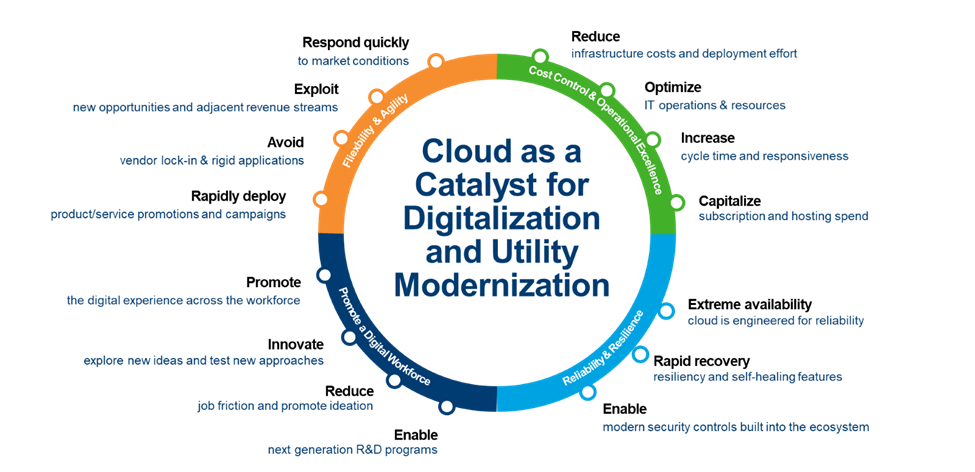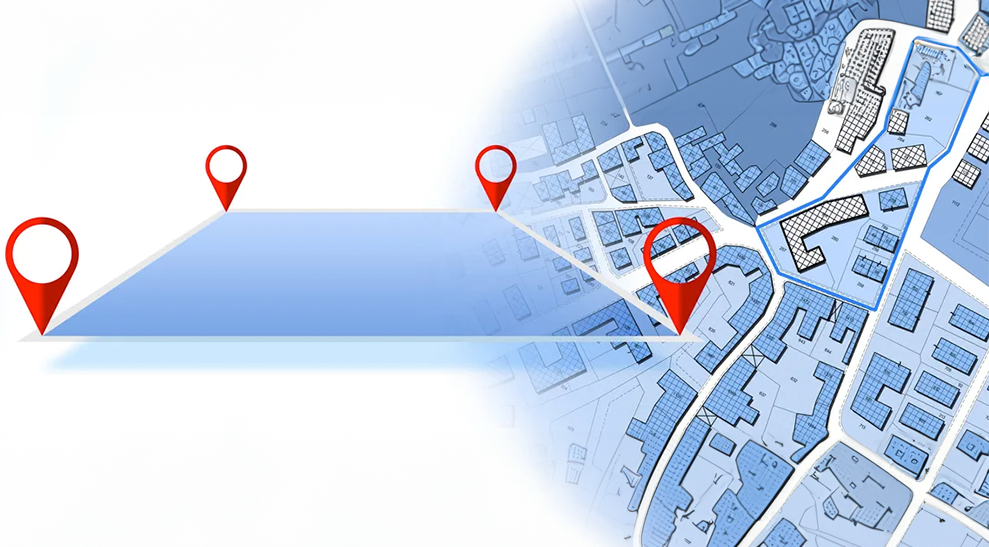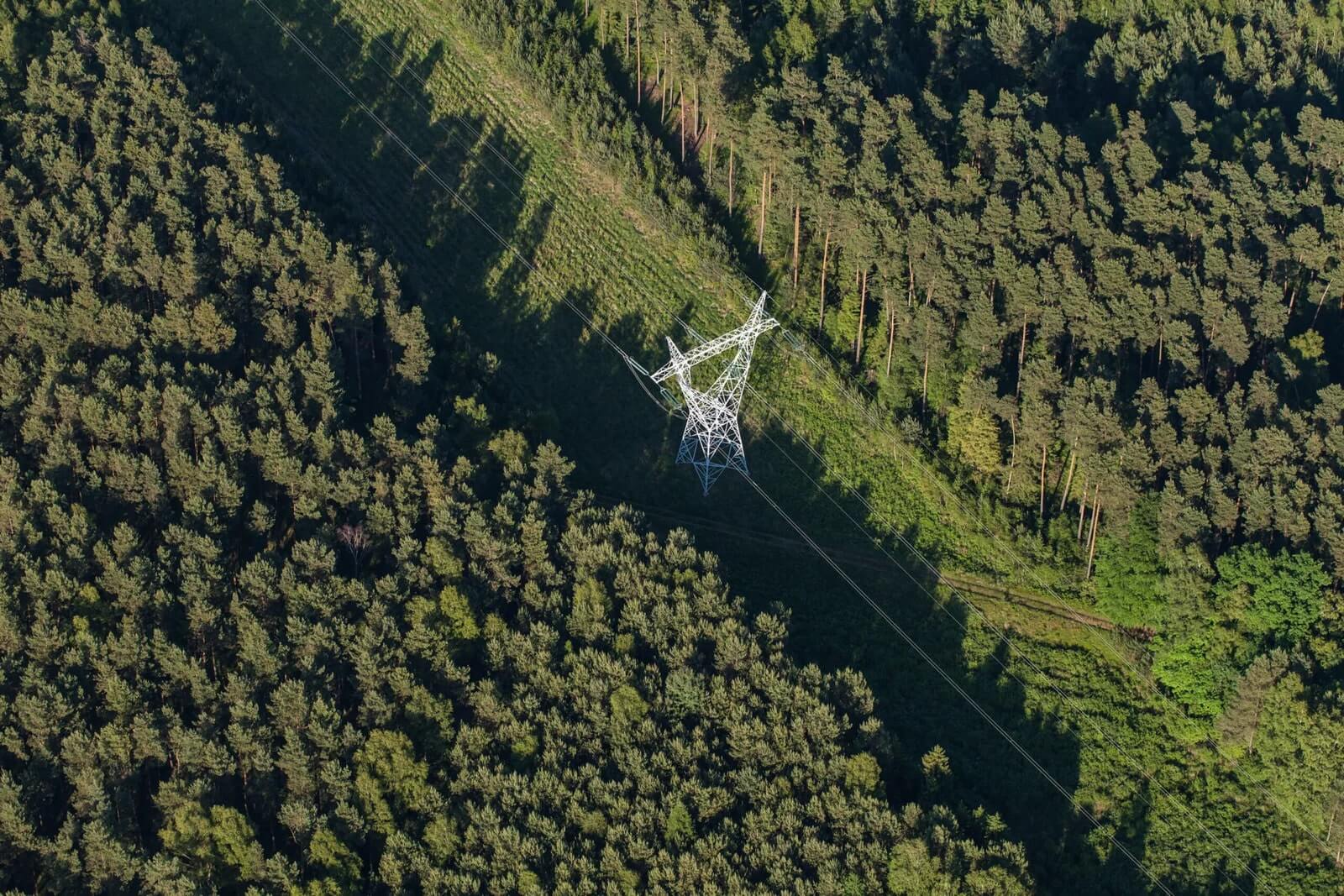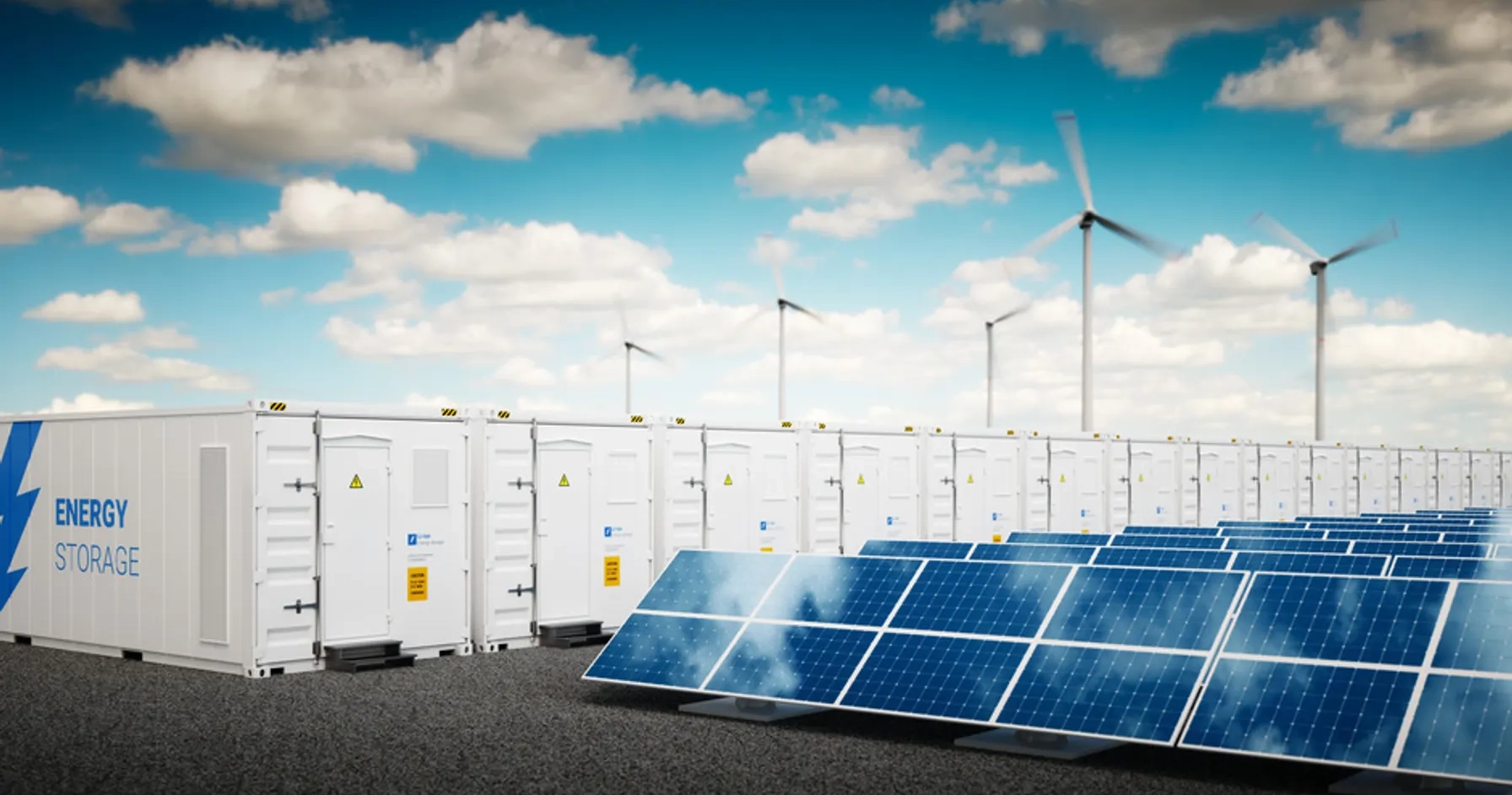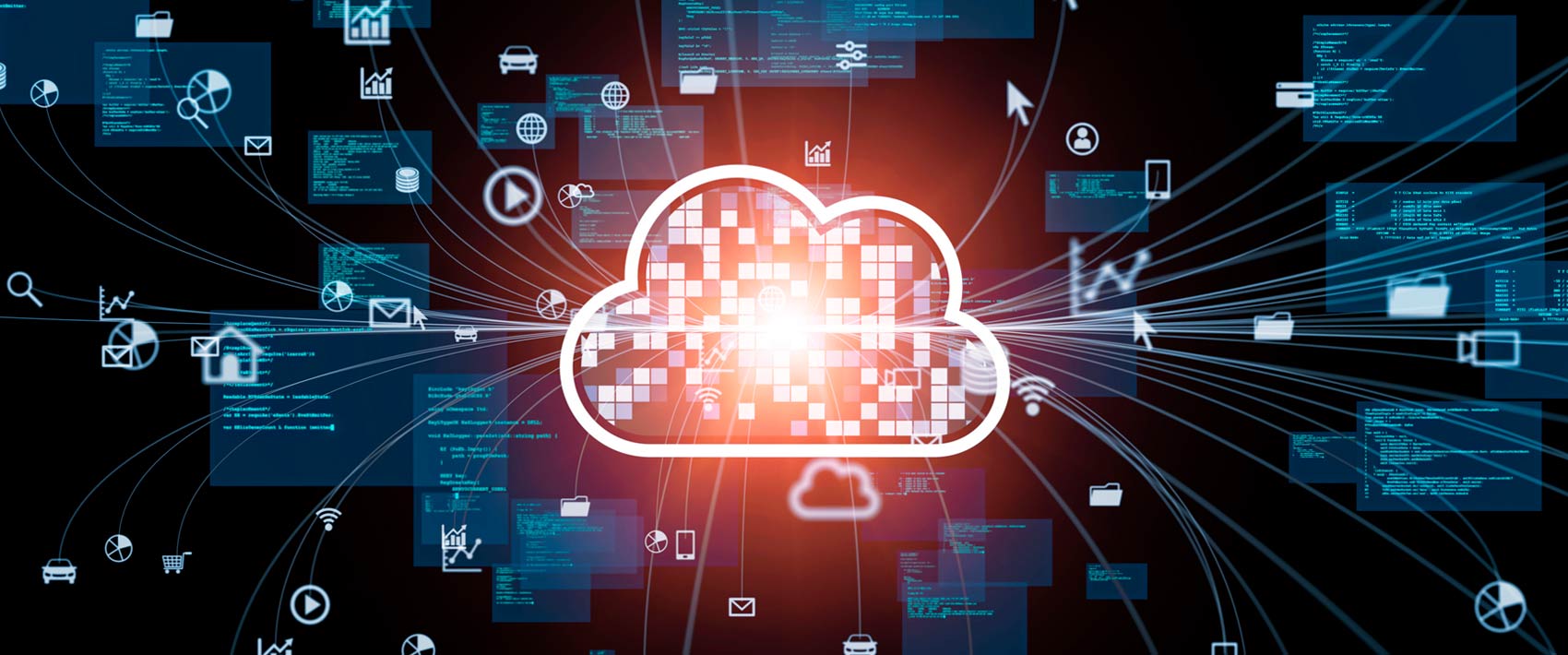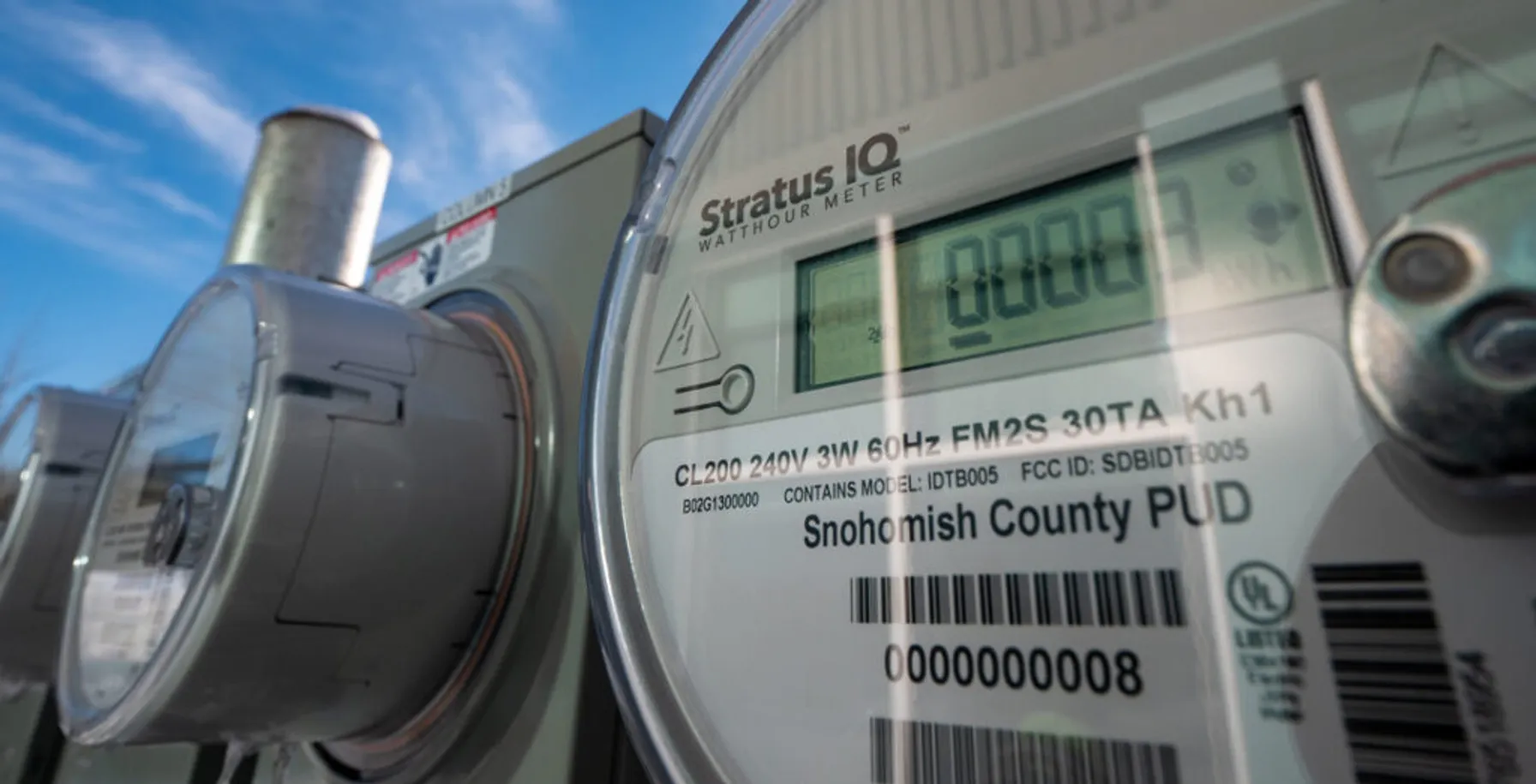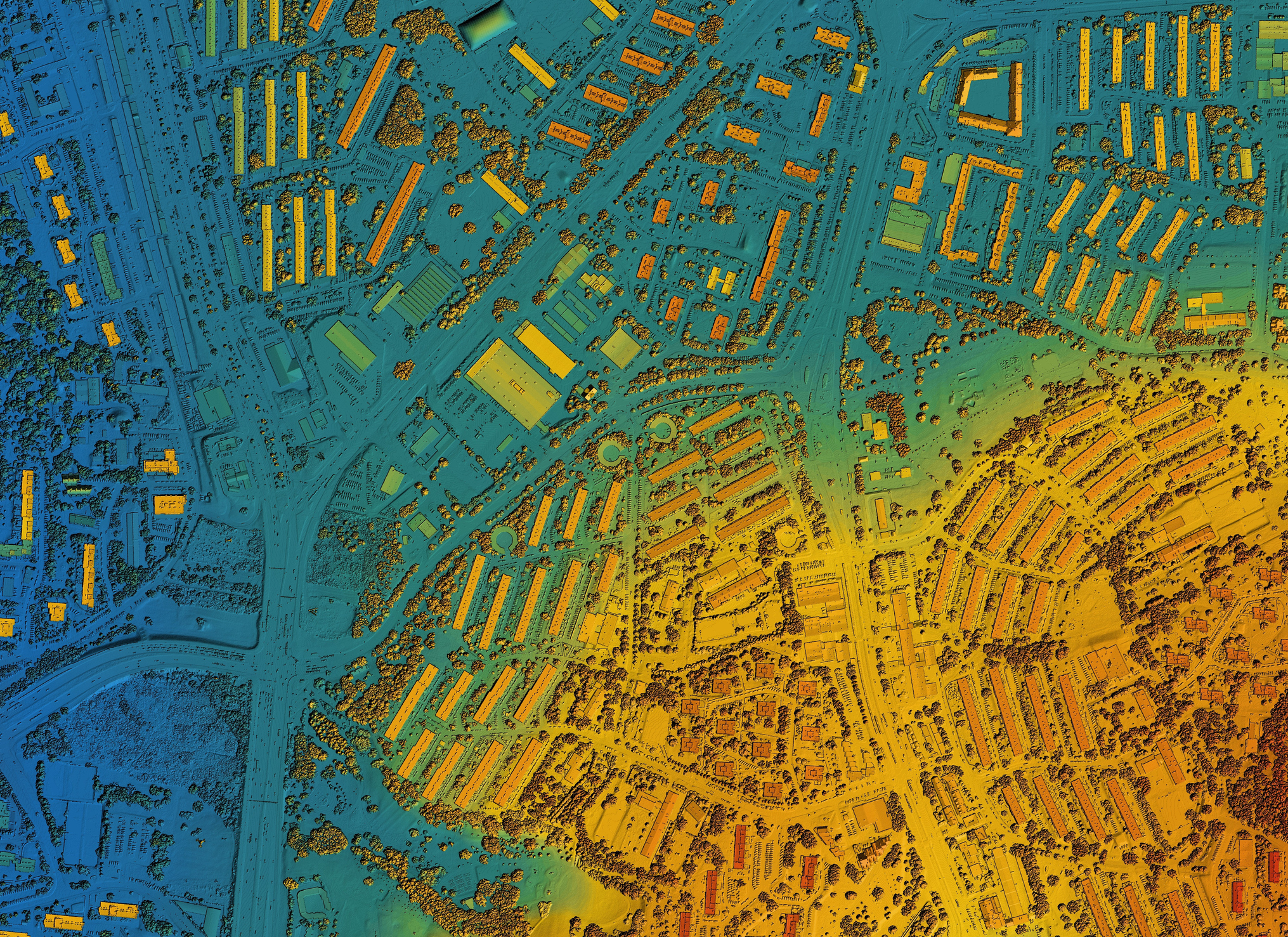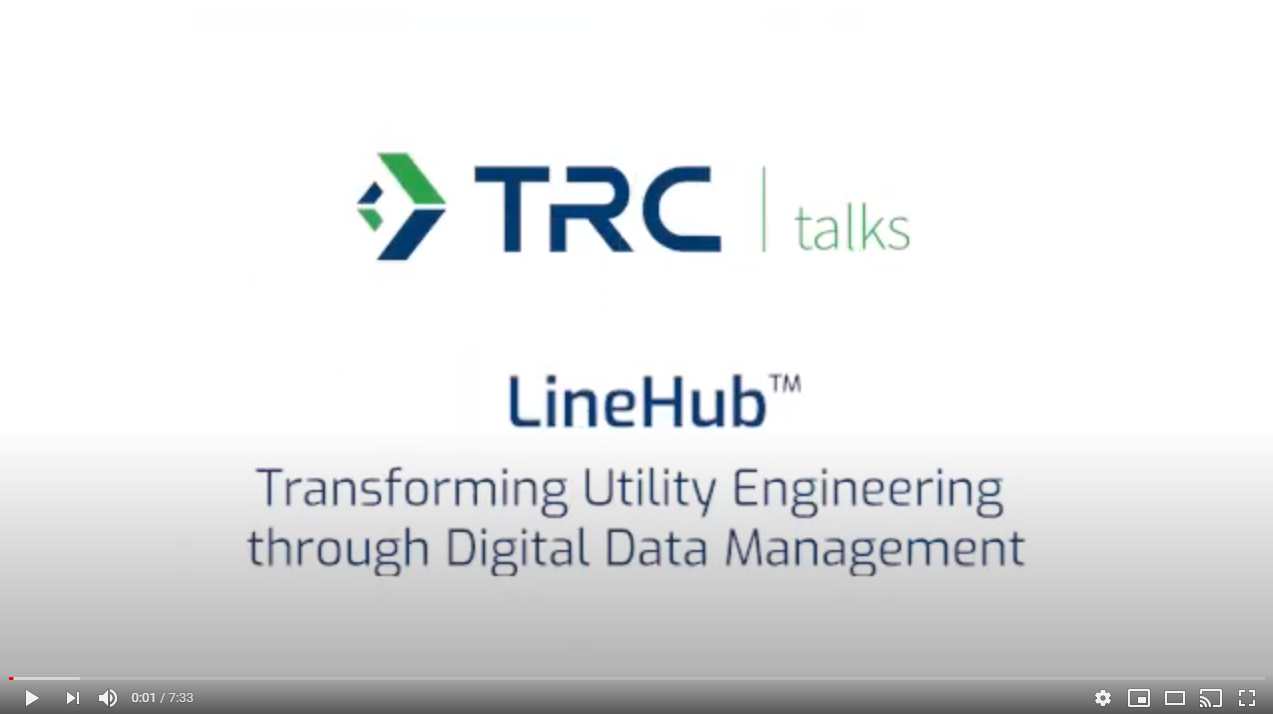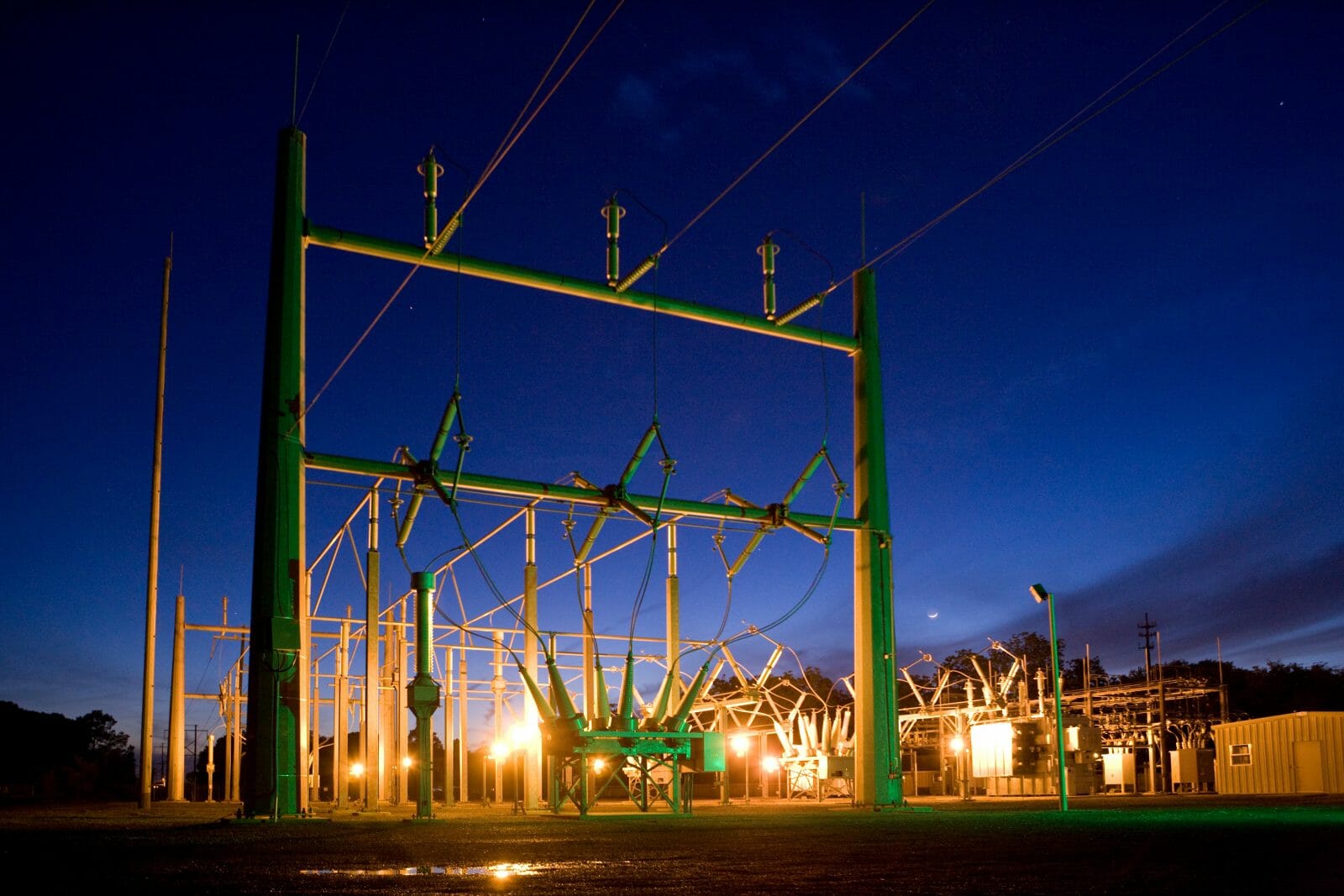Reliability has been a core focus in the utility industry for decades. As the industry focuses on a more resilient energy ecosystem, the importance of maintaining availability while rapidly restoring critical systems in the event of catastrophe is paramount; hosting these systems on the cloud can provide significant benefits. Solutions from cloud service providers (CSPs) are designed for extreme availability and redundancy while leveraging economies of scale to optimize cost and performance. The capabilities of these cloud platforms surpass most on-premise computing facilities and would require significant investment to match. Modern cloud infrastructure at scale incorporates ‘self-healing’ features that dynamically allocate available computing and storage resources, significantly reducing incident rates when compared to on premise operations.
A catalyst to support resiliency, flexibility, innovation, affordability and operational excellence
Cloud computing has been a catalyst for the rapid growth of digital-native companies who have disrupted and transformed their respective industries in retail, transportation, entertainment and finance to name a few. A cloud-first approach is an integral way companies can remain competitive by capitalizing on adjacent revenue streams, realizing operational excellence at scale and promoting agile decision making and innovation. Industry giants in pharma and healthcare, manufacturing, aviation and biotechnology have done just that: fully embraced the cloud to advance their strategic objectives. Conversely, the utility industry has been slower to adopt the cloud beyond the basics when compared to these other industries, despite having very much in common with these other sectors in terms of disruption, reliance on highly consequential operational technology and deeply rooted concerns with cyber security of critical systems.
The historical barriers to cloud adoption in the utility industry are quickly coming down, however: from rigid cost-recovery mechanisms to cloud-adverse cybersecurity and regulatory standards, complexities with migration efforts and limited cloud service provider maturity. As the utility sector undergoes another round of modernization fueled by fresh investment in the electric system and decarbonization goals, the cloud plays an integral role in enabling the industry’s strategic objectives of resilience, flexibility, innovation, affordability and operational excellence.
Related Services
Advantages of the Cloud for Successful Utility Modernization
As utilities face disruption from multiple fronts, the need to quickly pivot and adapt business operations to meet the growing demands of customers and regulators as well as respond to unforeseen events places a significant demand on the elasticity and scalability of existing technology infrastructure. The rapid system provisioning and reduced deployment effort provided by the cloud can help utilities proactively adapt and meet the needs of evolving operating conditions. Harnessing these benefits requires a shift from traditional IT governance models, where rigid business case criteria are typically suited for on-premise technology solutions and cloud options are treated on a case-by-case basis. Establishing a Cloud Center of Excellence (CCOE), which helps broker cloud services between IT and lines of business, is a critical component of this change and is a common practice in other cloud-intensive industries. Resourcing a CCOE requires new skillsets cloud brokerage, cloud resource management, cost optimization and cloud service management which not only help to guide the organization’s cloud direction but also accelerate the realization of the benefits from cloud investments.
Innovation is increasingly becoming a strategic imperative in the utility sector, prompted by energy transition disruption and the desire to incubate new ideas that create value for energy stakeholders, inclusive of their own workforce. Comparatively speaking, we often refer to hi-tech and digital-native industries as being highly innovative, not just in how they leverage technology as a differentiator, but also in their willingness to explore new ideas and incubate thought leadership across their organizations. The early utility adopters of the cloud recognized its foundational capability to adopt data-driven decision making and leverage advanced analytics at scale. Now, robotic process automation as a service (RPAaaS) and intelligent automation are just beginning to enter the landscape and will soon inspire utilities to look at next generation operational efficiency programs where automation can be applied at scale. With new funding opportunities for grid modernization investments, utilities can look to the cloud as a virtual test bed for new use cases by rapidly provisioning infrastructure and significantly reducing the research and development effort associated with proof-of-concept activities. As the utility industry rediscovers its innovative roots, the cloud provides a means to leap forward in response to industry disruptions and opportunities by exploiting emerging technologies to meet develop new industry-specific use cases.
Energy affordability and utility cost burden is a growing concern for customers, regulators and policymakers alike. Fuel switching, decarbonization and decentralization of the energy ecosystem has brought rate stability and cost of service management to the forefront in cost recovery and investment decisions, forcing utilities to examine operational efficiencies and internal cost management more closely than before. In general, cloud service providers leverage economies of scale to provide services at a lower unit cost than on-premise deployments. Utilities have been quick to recognize the commoditization of infrastructure and have been expanding their infrastructure-as-a-service footprint to manage technology costs afforded by the elasticity of on-demand subscription models. This approach optimizes capacity based on need and usage, rather than overprovisioning upfront which often results in underutilized technology resources and stranded costs. Furthermore, DevOps and cloud-enabled IT operations processes typically require less effort and result in shortened deployment cycles which leads to additional cost savings.
An Integral Solution to Modernization
At TRC, we view the cloud as an integral and foundational component of a utility’s grid modernization and digital transformation efforts. We recognize the complex internal and external challenges with deploying a successful and comprehensive cloud strategy and help our clients navigate their cloud journeys to realize the benefits that tie directly to their business strategy. To discuss your cloud challenges and how TRC can help, contact me at JTellez@trccompanies.com.
Sharing Our Perspectives
Our practitioners share their insights and perspectives on the trends and challenges shaping the market.

Why Utilities Need to Embrace “Control Rooms of the Future” Today
April 9, 2025
The business of utility operations has dramatically changed in the last decade. Managing grid operations, integrating distributed energy resources and ensuring affordable service involves making sense of massive data so business leaders, operational staff and field crews can operate more effectively.

How UK Utilities Can Create Business Value from Smart Metering Data
April 8, 2025
As the UK modernizes its energy infrastructure, smart metering systems have become crucial in forecasting, adapting and managing energy consumption. These advanced digital devices provide real-time data, enabling utilities and consumers to monitor energy usage more effectively.

Take the Right Approach to Implementing DERMS
March 27, 2025
Implementing DERMS can come with challenges. By understanding the unique challenges related to DERMS and adopting the appropriate strategies to mitigate potential pitfalls, utilities can effectively integrate and coordinate DER deployment to align with regulatory commitments and broader business objectives.

How ISOs, RTOs and Utilities Can Effectively Manage Massive Data
March 20, 2025
In today’s rapidly evolving energy landscape, Independent System Operators (ISOs), Regional Transmission Organizations (RTOs) and utilities face unprecedented challenges in managing vast amounts of data.

How to Reduce Risk in Control System Implementations
February 7, 2025
Control rooms serve as the nerve centers of utility operations, orchestrating the interplay of power generation, transmission and distribution. The “control room of the future” represents technology innovation and integration, combining advanced software systems, real-time data analytics and sophisticated visualization tools.

TRC Acquires Garanzuay Consulting, Amplifying TRC’s Energy Transition Consulting Services in Europe
September 26, 2024
Garanzuay Consulting provides a foundation in Ireland to continue TRC’s growth and expansion in Europe in support of the energy transition for all energy market participants.

Achieve Superior Asset Data Quality by Combining SAP with Lemur Mobile Mapping
September 23, 2024
Utilities struggle with asset data, which impacts every aspect of their business. Market priorities like grid modernization, decarbonization and increased energy demand only compound the problem of poor data quality.
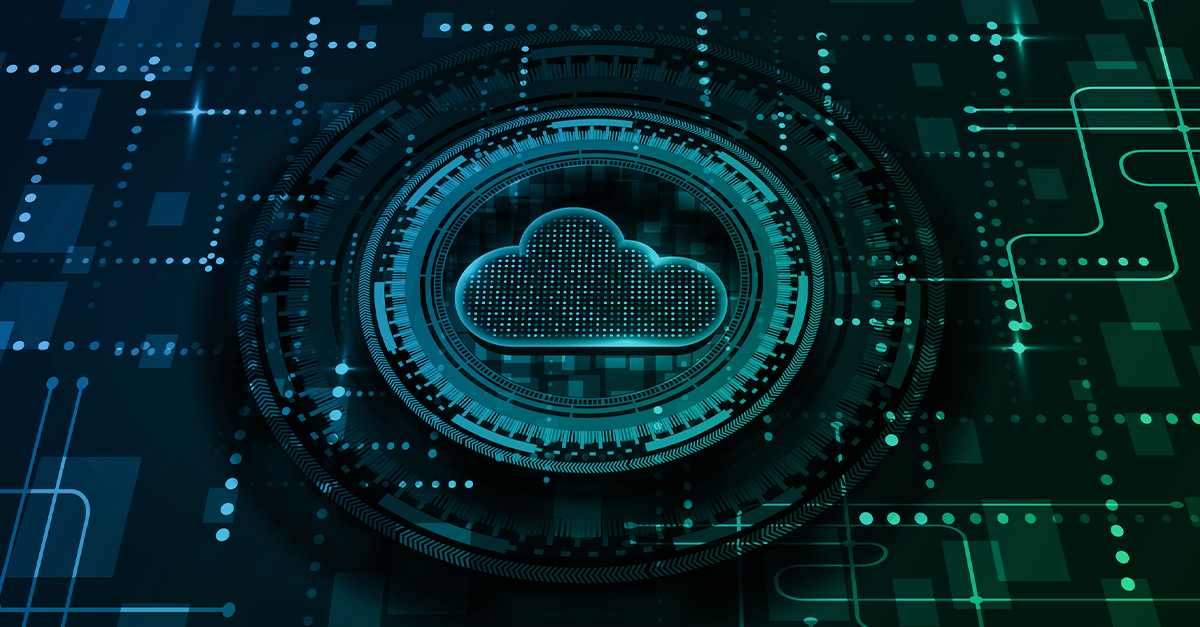
Shifting to the Cloud: Debunking the Myths of Migrating Utility Data Off Premises
April 14, 2024
This blog delves into common misconceptions surrounding cloud migration in the utility industry, addressing concerns about security, reliability, regulatory compliance, cost effectiveness, and complexity, while highlighting the substantial benefits and strategies for successful adoption.

Locana Awarded Modern Network Management at Esri Infrastructure Management and GIS Conference
November 22, 2023
Locana, an international leader in spatial technology, received the Modern Network Management Award at the 2023 Esri Infrastructure Management and GIS (IMGIS) Conference held in Palm Springs, California, October 10-12, 2023.

Advanced Metering Infrastructure (AMI) – How Smart Should A Smart Meter Be?
June 26, 2023
According to the Edison Foundation’s Institute for Electric Innovation, over 124 million smart meters were expected to be installed in 78 percent of US households by the end of 2022.

Modernize Your Field Services with GIS and Work Order Management Combined
June 15, 2023
The role of field service management continues to dominate the world economy, as the market grows at an exponential rate. The market was estimated at 3.2 billion in 2021 and is projected to reach 5.7 billion by the end of 2026.
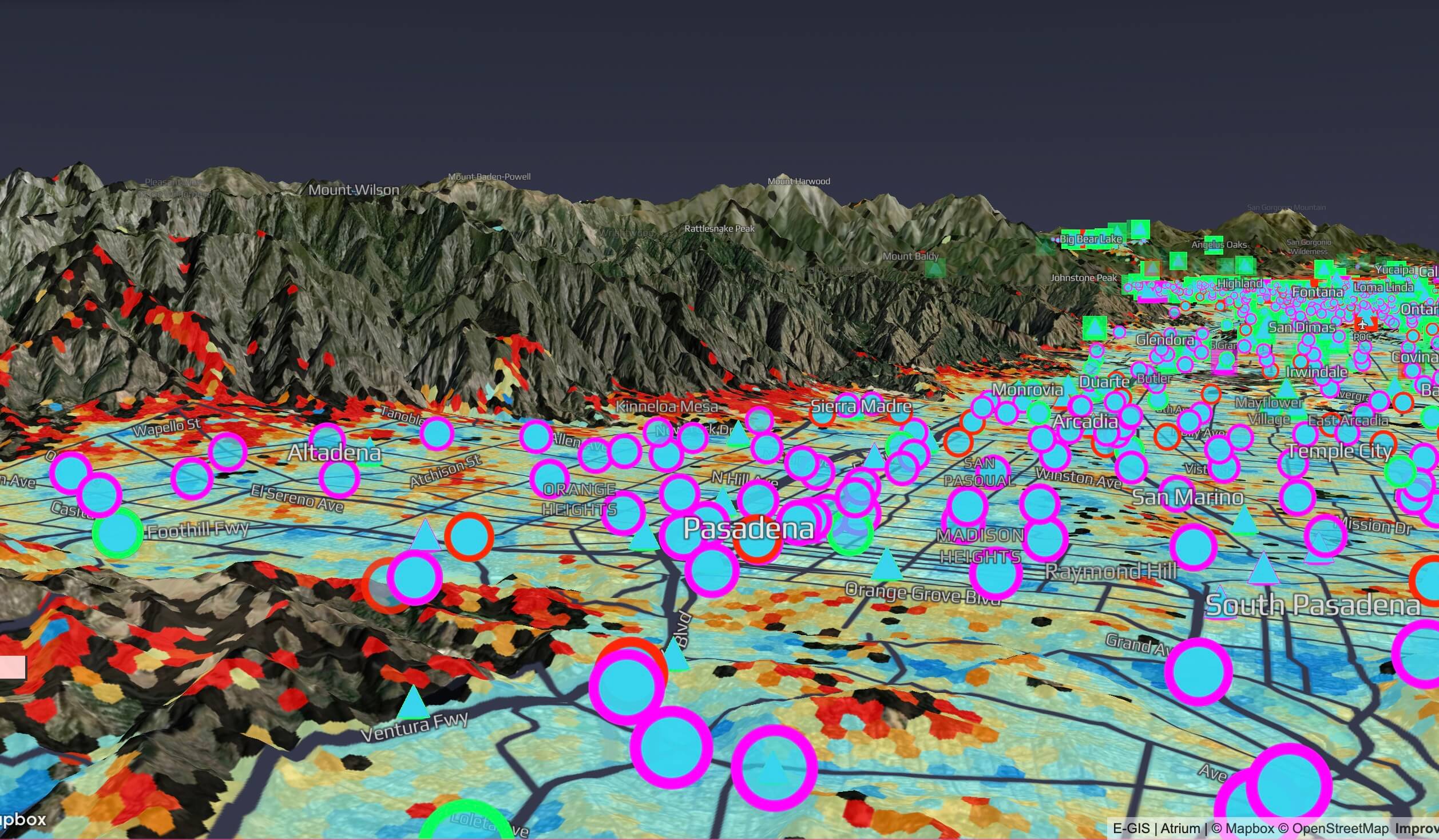
Harness the Power of Geospatial Data to Unlock Big Data Insights
March 16, 2023
For years, companies have been harnessing big data to glean insights that improve decision-making of every kind and at all levels, from entering new markets to building better products to delivering better services and experiences.

TRC and Greenbird Partner to Accelerate Grid Modernization for Utilities
January 31, 2023
Today TRC Companies (“TRC”) announced a go-to-market partnership with Greenbird Integration Technology, a leading integration technology provider based in Norway. Greenbird’s Utilihive platform enables utilities to accelerate their digital transformation and grid modernization efforts.
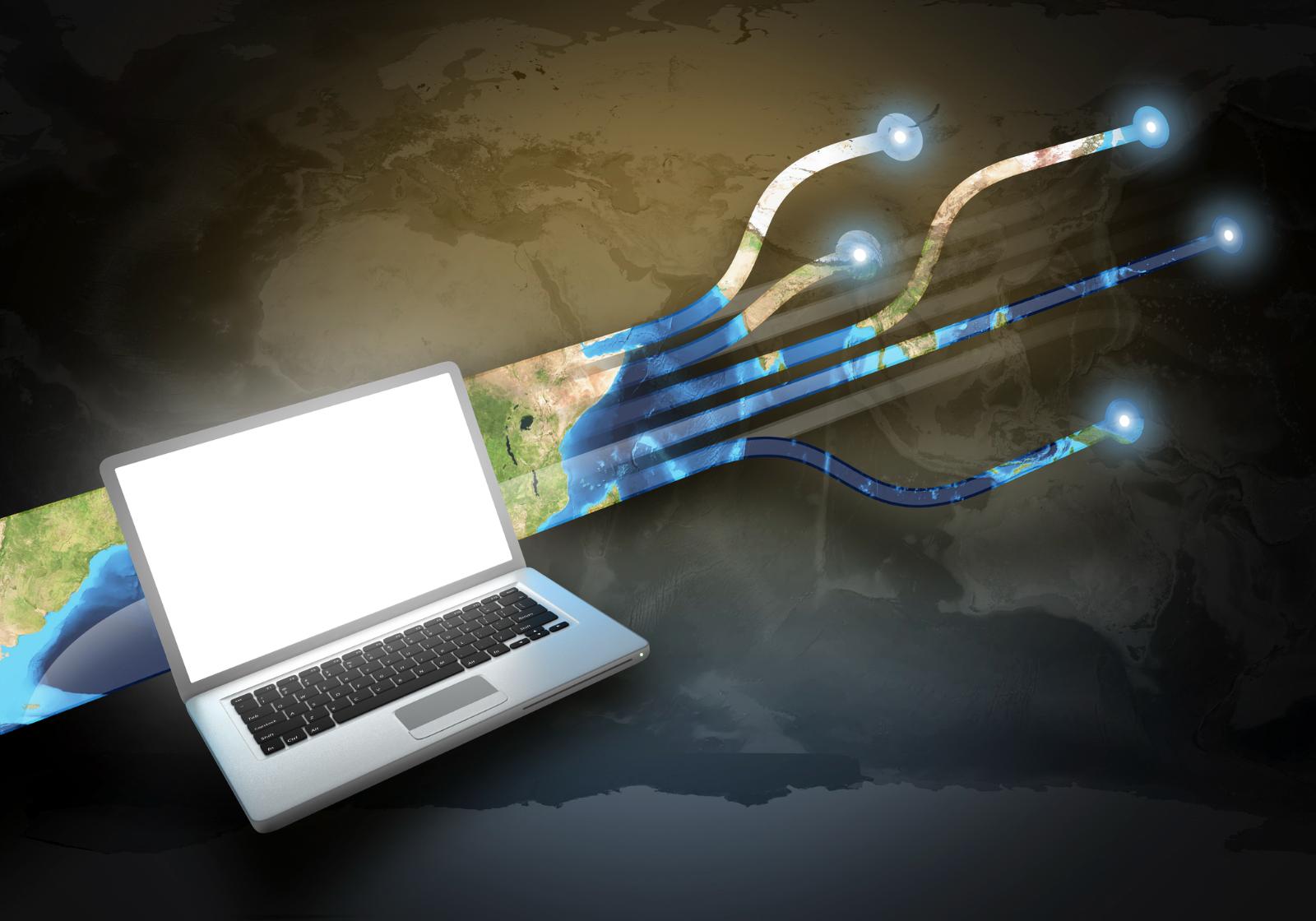
Brookings Municipal Utilities Streamlines Processes, Boosts Efficiency with Modern GIS
June 14, 2022
Locana, a global leader in technology consulting and geospatial systems development, announced Brookings Municipal Utilities (BMU) successful deployment of a modern geospatial enterprise leveraging Locana services.

Omaha Metropolitan Utilities District Drives Reliable Operations with Locana Lemur Mobile GIS Solution
June 8, 2022
Locana, a global leader in technology consulting and geospatial systems development, today announced the successful deployment of its LemurSM Solution by Omaha Metropolitan Utilities District (M.U.D.).

Locana Awarded Wildlife Habitat Analysis Task Order For The Bureau Of Land Management
April 27, 2022
Locana, a leading geographic data and technology company, has won a 10-year National Geospatial Data and Technology Support Services contract for the U.S. Bureau of Land Management (BLM).
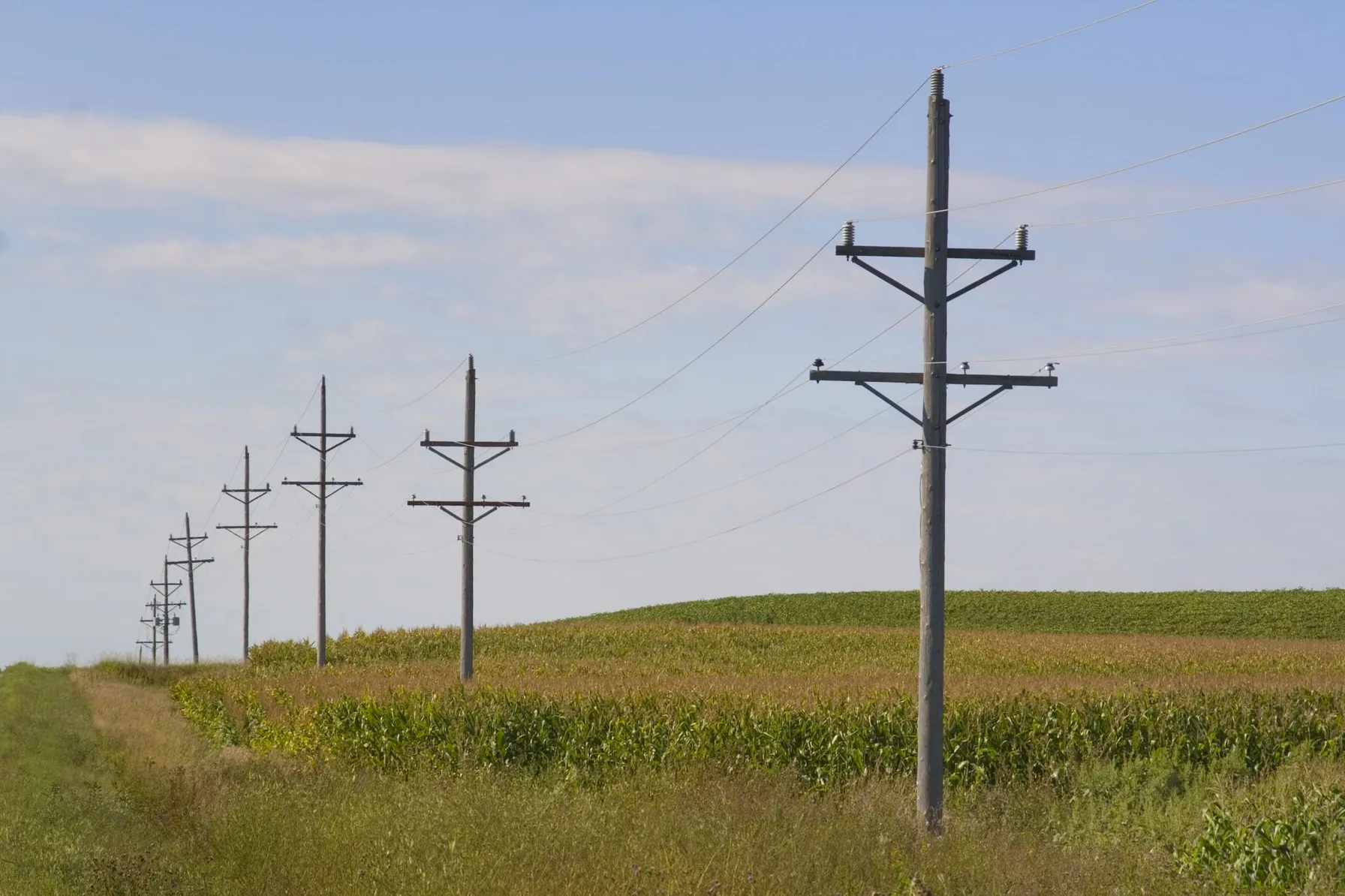
TRC Selected as Systems Integrator for Otter Tail Power Company’s Advanced Metering Infrastructure Program
April 5, 2022
Otter Tail Power Company selects TRC to serve as systems integrator for their AMI program covering northwestern Minnesota, eastern North Dakota, and northeastern South Dakota.

Six Considerations for a Successful Utility Network Cloud Implementation
October 26, 2021
For any GIS manager or IT professional tasked with implementing ArcGIS Utility Network (UN), knowing where to start can be daunting. If not properly planned, a UN setup in the cloud can be significantly more expensive and less accessible, stable, and secure.

On the Road to Decarbonization: The Role of All-Source Competitive Solicitations
October 14, 2021
All-Source Competitive Solicitations offer utilities an alternative to centralized planning, construction and dispatch of power supplies, helping to usher in a new era of market-driven technology innovation.

Amplifying the Next Phase of Fleet Electrification: The Pickup
September 30, 2021
TRC’s analysis for one client fleet shows that even a $70,000 EV can compete on cost with a comparable gas-hybrid vehicle priced at $40,000 – at least in California where upfront and ongoing incentives stack up quickly.
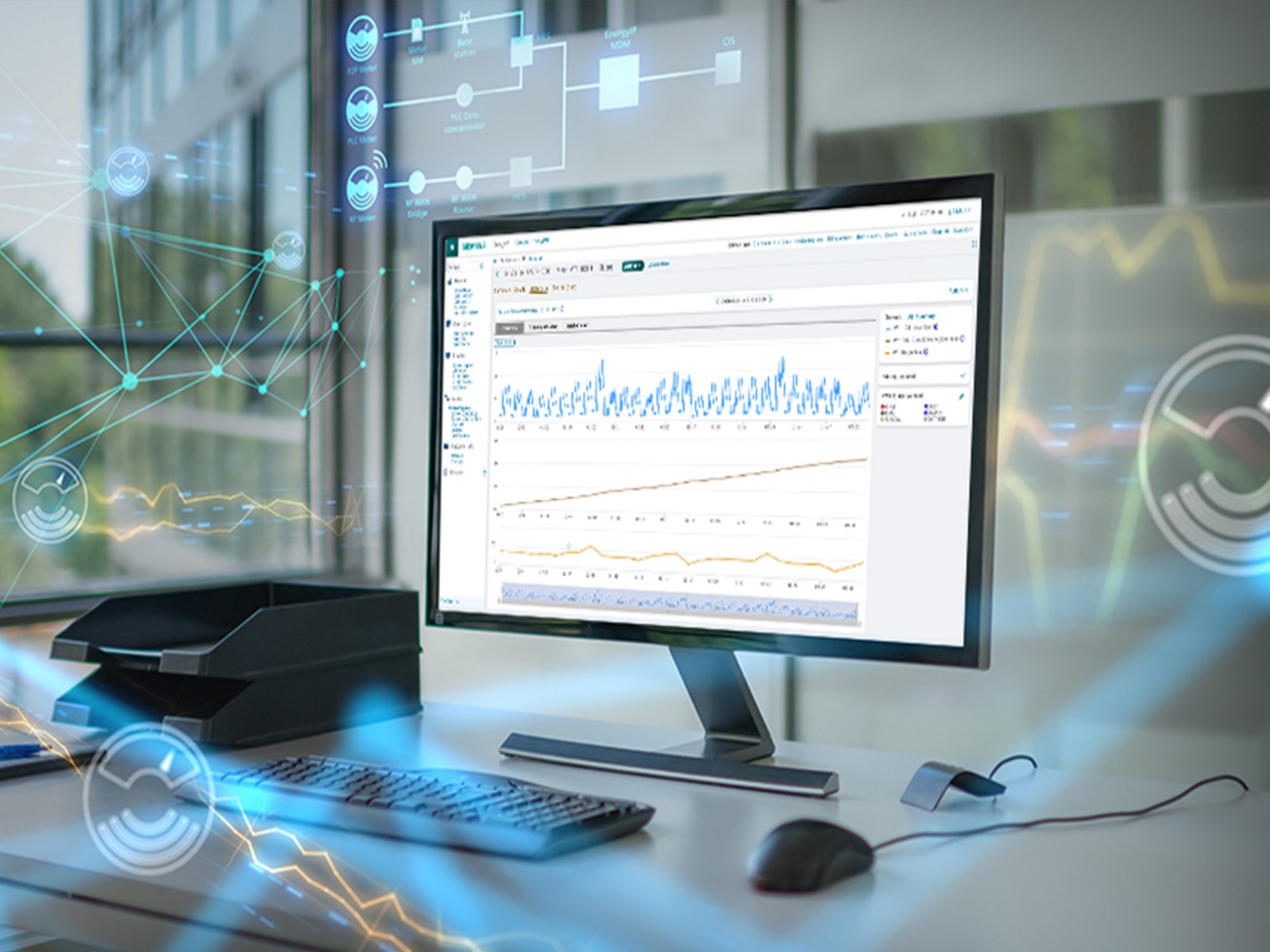
TRC Digital Selected by Snohomish County Public Utility District to Implement Siemens EnergyIP® Meter Data Management
September 15, 2021
Snohomish PUD selected TRC to implement, integrate and deliver their meter data management system (MDMS) on the Siemens EnergyIP® platform as a part of the utility’s Connect Up program.

Oklahoma Gas & Electric Company uses AI to assess and repair distribution pole damage
August 4, 2021
As part of its grid enhancement program, OG&E will leverage collaborative AI-powered image recognition technology that enables engineers to complete distribution pole inspections with greater accuracy and helps to reduce manual review of images.

Reasons for IT/OT Modernization
August 1, 2021
Opposites attract, and information technology (IT) and operational technology (OT) are no exception. At one end of the digital grid sits IT as a business application, while OT exists at the other end of the digital grid as an asset-oriented application. For decades, IT and OT have been operating separately and are often physically isolated.

IT/OT Convergence Best Practices
August 1, 2021
A successful IT/OT convergence strategy involves identifying desired outcomes, managing the fragmentation of OT solutions, and developing common key performance indicators (KPIs) for both IT and OT teams. This approach helps in optimizing resources, driving effective collaboration, and ensuring a smooth transition towards a unified IT/OT environment.

TRC Acquires Montreal’s Quatric, Expanding Digital Capabilities for Utilities
June 16, 2021
Today, TRC announced the expansion of its digital capabilities with the acquisition of Quatric, a Montreal, QC and Quincy, MA-based firm that provides engineering services and technology solutions to electric and gas utilities.

What’s Next? Preparing for Utility Network Migration
May 12, 2021
In preparing for Utility Network Migration, taking an intermediate approach will allow you to resolve some key points. Utility Network Migration will run smoother if you build a “sandbox environment” and begin to 1) prioritize features 2) explore licensing options and 3) practice moving data.

5 Persistent Questions About ArcGIS on HANA
April 9, 2021
While ArcGIS on HANA implementation patterns are emerging rapidly, we continue to hear 5 persistent questions about how implementing ArcGIS on HANA would benefit an organization. Let’s walk through these 5 questions, I’ll show you how we help you get started with ArcGIS on HANA. Then you may realize the benefits this solution promises.

TRC Digital partners with Dominion Energy to evolve its distributed energy resource strategy
September 22, 2020
Dominion Energy, one of the nation’s largest producers and transporters of energy, has partnered with TRC Digital to evaluate, implement and integrate technology to further the utility’s distributed energy goals. TRC Digital will facilitate Dominion Energy’s strategy development and technology execution, allowing Dominion Energy and its customers to accelerate the shift to distributed energy resources (DER) and net carbon reduction.

TRC Digital and Reactive help utilities measure inertia for a more resilient grid
September 21, 2020
Together, TRC and Reactive combine TRC’s industry-leading power engineering expertise with Reactive’s machine learning software to provide utility teams with high-resolution frequency monitoring and automatic event analysis.

TRC Digital Partners with Treverity to Put Utility Engineers at the Center of Their Data
June 26, 2020
As part of TRC’s LineHub solution, Treverity helps transmission engineers get a holistic view of the grid through powerful digital data visualization and a customer-centric user interface.

TRC Digital and Enbala can help utilities monitor, control and optimize distributed energy resources
April 17, 2020
Distributed energy resources (DERs) are changing the way utilities think about power generation and energy flow. TRC and Enbala can offer utilities a multi-layered solution that highlights the strengths of each company.

Joe Tellez
Joe provides vision for both short-term and long-term strategies to help utilities improve performance through the effective use of technology. He brings over 25 years of industry experience serving in senior leadership roles in organizations including UiPath, Tacoma Power, Utility Integration Solutions / Alstom Grid, and Sempra Utilities (San Diego Gas & Electric / Southern California Gas Co.). Joe serves on the UW-Tacoma School of Engineering & Technology Advisory Board, and served as the Executive in Residence at University of Colorado’s Global Energy Management Program. He obtained a B.S. in industrial and systems engineering and an M.S. in systems architecture & engineering from University of Southern California.



